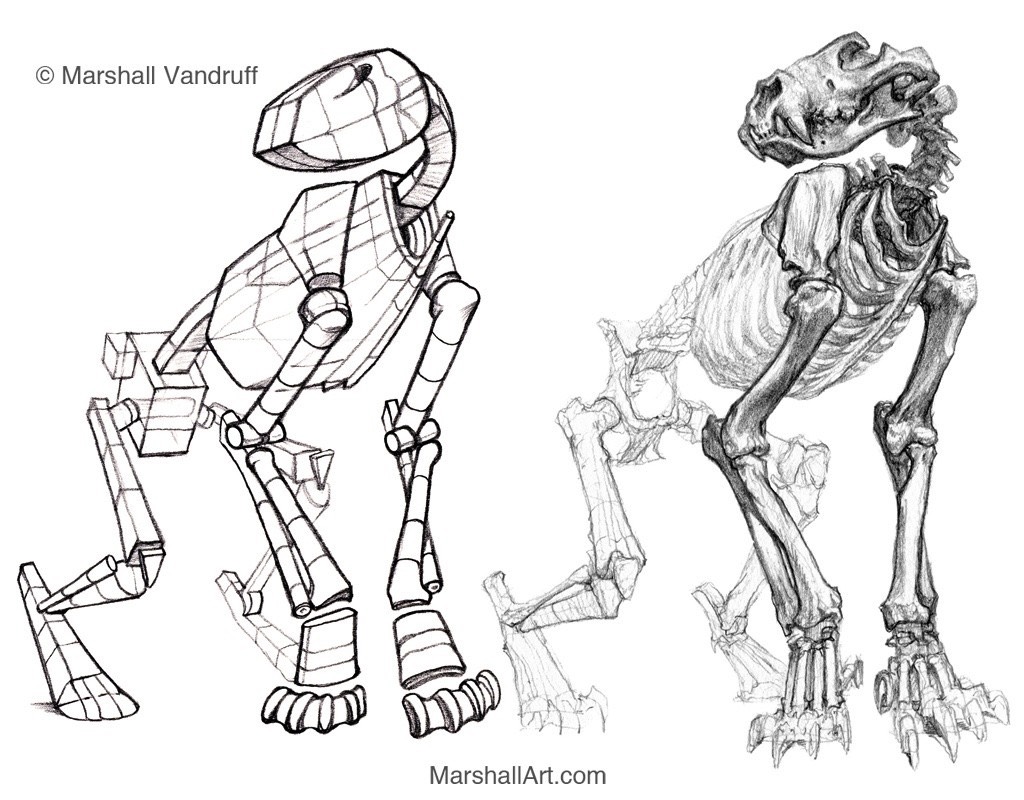I spent ten years seeking instruction before Drew Struzan and a comic book illustrator pointed me to a few resources that led me, not only to learn how to draw from imagination, but to teach students how without spending ten years.
You learn to draw from imagination by mastering the simple forms - the cube, cylinder and sphere. They take a good deal of work, but when you know them, you can build anything out of them. They also give you control over complex natural and organic objects like human and animal bodies, trees, hair, flowers, and even smoke and splashes of water.
The test for drawing from imagination is this - can you look at a photograph of a person and draw that person convincingly from other angles? Can you “move the camera” around that person without needing to copy what you see? If so, you can draw from imagination.
The secret, just as with a 3D program, is based on perspective. The simplest way to master perspective is to learn the three line systems of a box that track height, width, and depth. Then you can place forms in any position and build within and around them.
For 600 years, classic Western art training emphasized this skill, but during my lifetime, universities in the US have largely (almost entirely) neglected it. Entertainment artists have kept it alive in comic book illustration, animation, and concept art for movies and games. In those professions you find most of the old training on how to “make things up” and make them look convincing.
I have recommendations and reviews of resources here:
Observation comes first. That’s why we study anatomy and whatever subject we intend to draw from imagination. But, if the objects and worlds we imagine are in three dimensions, how will we get them onto flat paper until we learn perspective?
Web Site for Marshall Vandruff
